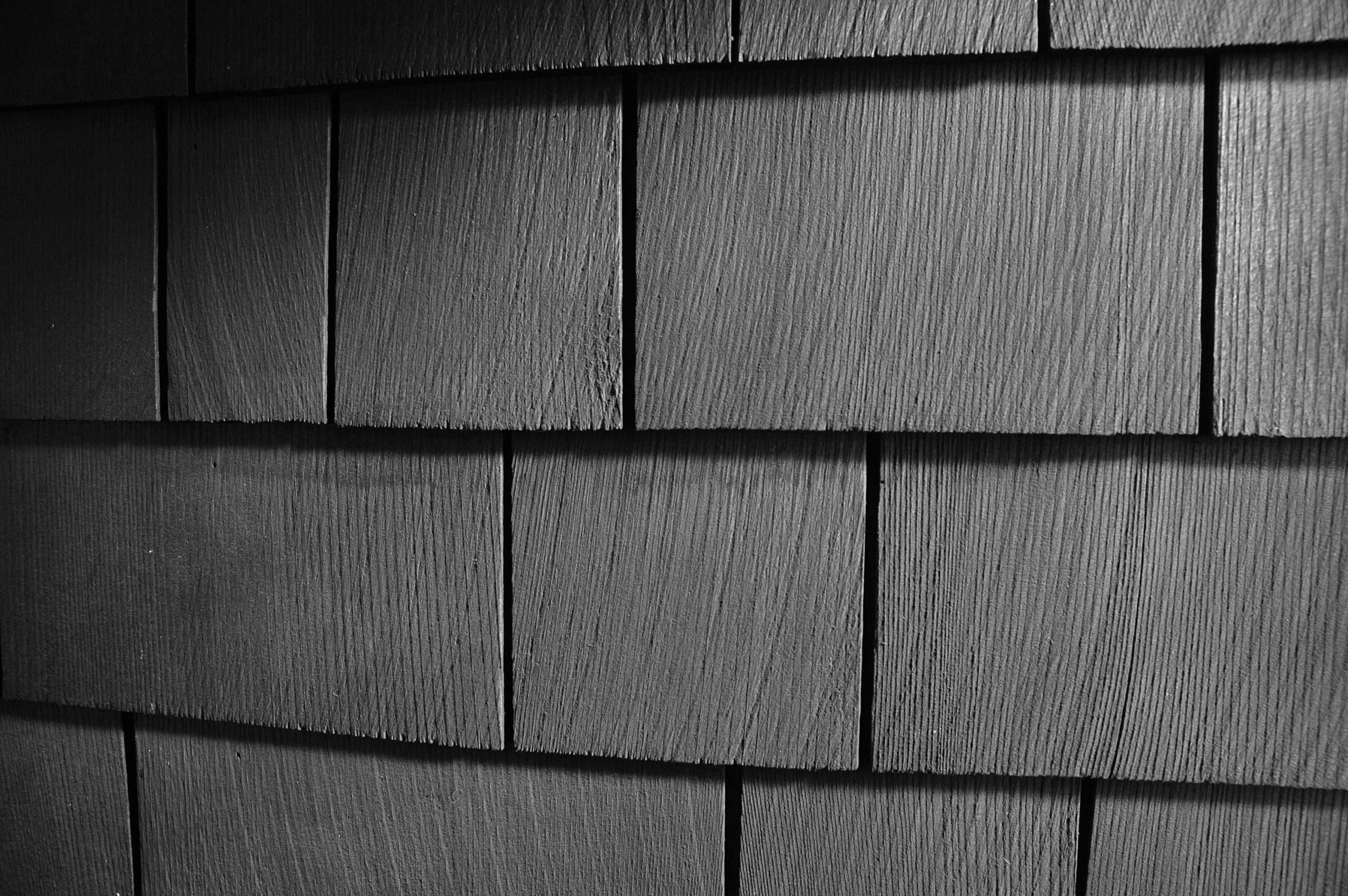Introduction
Are you looking to restore the natural beauty of your wooden surfaces in Templeton by removing old paint? Stripping paint off wood can be a challenging task, but with the right tools and techniques, you can achieve a smooth and paint-free finish. In this comprehensive guide, we will walk you through the process of removing paint from wood, ensuring that your surfaces look as good as new. At Rogall + Co., we understand the importance of maintaining the integrity of your wooden structures, and we are here to help you achieve stunning results.
Table of Contents
- Introduction to Removing Paint from Wood
- Tools and Supplies Needed for Paint Removal
- Preparing the Wood Surface for Paint Removal
- Different Methods for Removing Paint from Wood
- Step-by-Step Guide to Removing Paint from Wood
- Tips for a Successful Paint Removal Process
- Safety Precautions to Take When Stripping Paint
- Finishing Touches and Preservation of the Wood Surface
- Conclusion
Tools and Supplies Needed for Paint Removal
Before you begin the paint removal process, it is essential to gather the necessary tools and supplies. Here are some items you will need:
1. Paint scraper
2. Sandpaper (medium and fine grit)
3. Heat gun or chemical paint stripper
4. Safety goggles and gloves
5. Drop cloths or plastic sheeting
6. Paintbrushes
7. Mineral spirits or denatured alcohol
8. Clean rags
Having these tools on hand will make the paint removal process more efficient and effective.
Preparing the Wood Surface for Paint Removal
Proper preparation of the wood surface is crucial to ensure successful paint removal. Start by cleaning the surface with a mild detergent and water to remove any dirt or debris. Allow the wood to dry completely before proceeding. If the wood has existing paint that is peeling or flaking, use a paint scraper to remove as much loose paint as possible. Sanding the surface lightly will help the paint removal process go smoothly.
Different Methods for Removing Paint from Wood
There are several methods for removing paint from wood, each with its advantages and considerations. The most common methods include:
1. Scraping: Using a paint scraper to manually remove paint from the wood surface.
2. Sanding: Sanding the wood to remove layers of paint and achieve a smooth finish.
3. Heat Gun: Applying heat to the paint with a heat gun to soften it for easy removal.
4. Chemical Paint Stripper: Using a chemical paint stripper to dissolve the paint for removal.
Each method has its pros and cons, so choose the one that best suits your project and comfort level.
Step-by-Step Guide to Removing Paint from Wood
1. Start by protecting the surrounding area with drop cloths or plastic sheeting to catch any paint chips or debris.
2. Choose your preferred method of paint removal (scraping, sanding, heat gun, or chemical stripper) based on the condition of the wood and the type of paint.
3. Follow the manufacturer's instructions when using chemical paint strippers, and wear appropriate safety gear.
4. Work in small sections, applying the chosen method of paint removal evenly across the surface.
5. Use a paint scraper or sandpaper to remove the softened or loosened paint.
6. Repeat the process until all layers of paint have been removed, and the wood surface is smooth and clean.
7. Clean the wood surface with mineral spirits or denatured alcohol to remove any residue from the paint removal process.
8. Allow the wood to dry completely before applying any new finishes or treatments.
Tips for a Successful Paint Removal Process
- Work in a well-ventilated area to avoid inhaling fumes from chemical paint strippers.
- Test a small area of the wood surface with your chosen paint removal method to ensure compatibility.
- Take breaks as needed to prevent fatigue and ensure precision in your paint removal efforts.
- Use a mask to protect yourself from dust and debris generated during the paint removal process.
- Seek professional help if you encounter stubborn paint layers or if you are unsure about the best approach for your specific project.
Safety Precautions to Take When Stripping Paint
When stripping paint from wood, it is essential to prioritize safety to protect yourself and the environment. Here are some safety precautions to keep in mind:
1. Wear safety goggles, gloves, and a mask to protect your eyes, skin, and respiratory system.
2. Work in a well-ventilated area to minimize exposure to fumes and chemicals.
3. Dispose of paint chips and debris properly according to local regulations.
4. Keep children and pets away from the work area to prevent accidents.
5. Follow the manufacturer's instructions when using chemical paint strippers and other products.
By following these safety precautions, you can ensure a safe and successful paint removal process.
Finishing Touches and Preservation of the Wood Surface
After removing the paint from the wood surface, it is essential to apply a protective finish to preserve the wood and enhance its appearance. Consider applying a wood stain, sealant, or paint to protect the surface from moisture, UV rays, and wear. At Rogall + Co., we offer professional painting services to help you achieve a flawless finish that complements your interior or exterior design.
Conclusion
In conclusion, removing paint from wood requires patience, the right tools, and proper techniques. By following the step-by-step guide and safety precautions outlined in this blog post, you can achieve a beautiful, paint-free wood finish in Templeton. At Rogall + Co., we are dedicated to providing top-notch construction and painting services to help you transform your wooden surfaces into works of art. Whether you are tackling a DIY project or seeking professional assistance, we are here to support you every step of the way. Say goodbye to old, peeling paint and hello to a fresh, natural wood finish that will stand the test of time.











